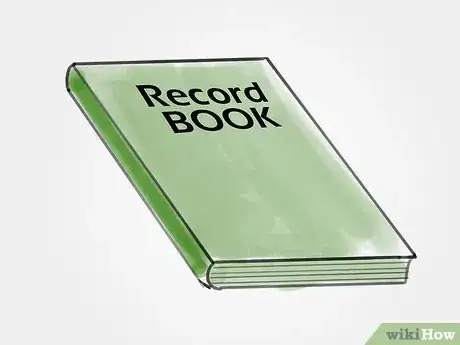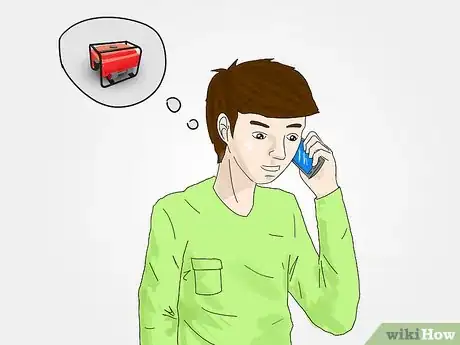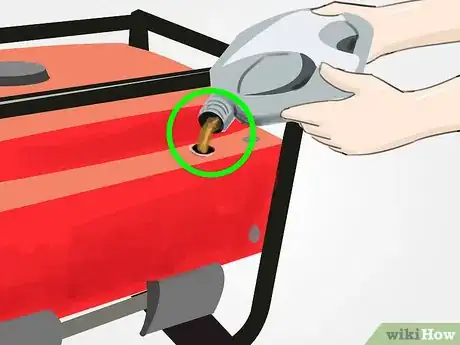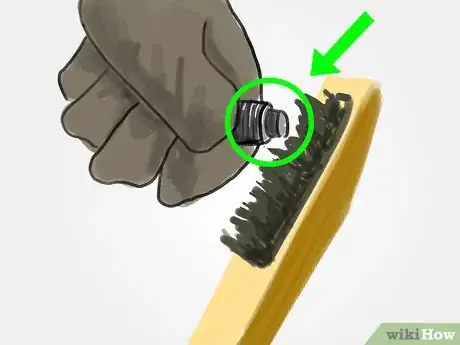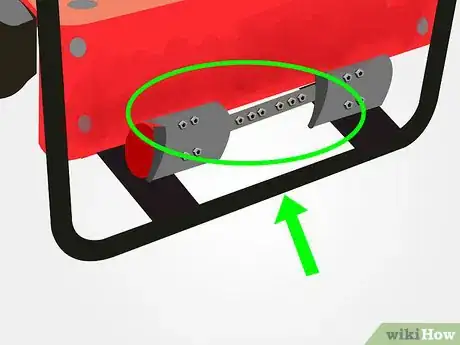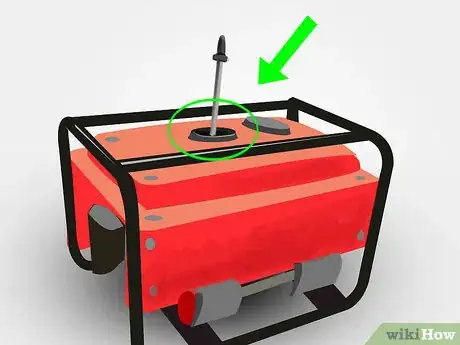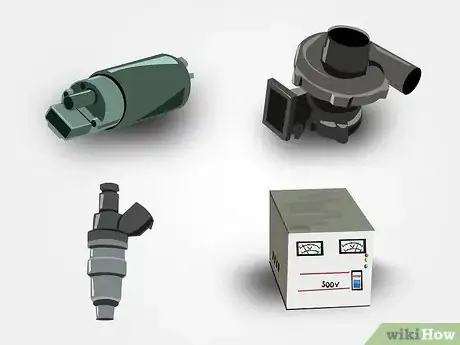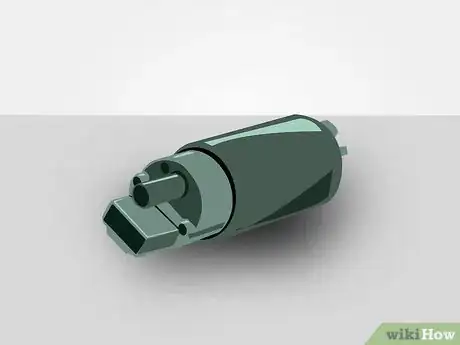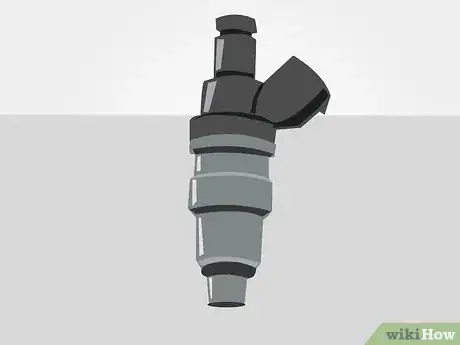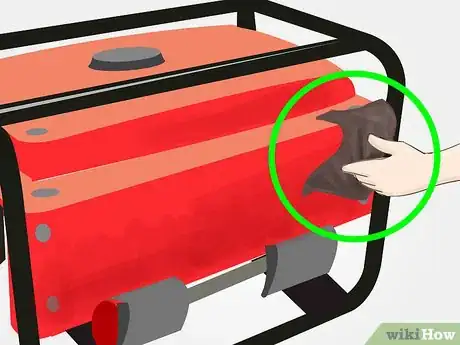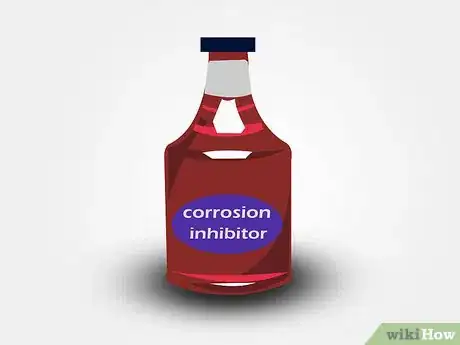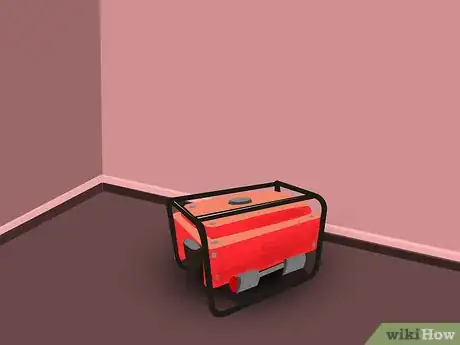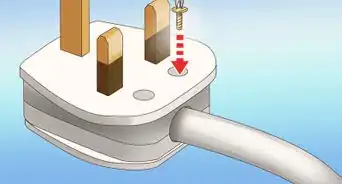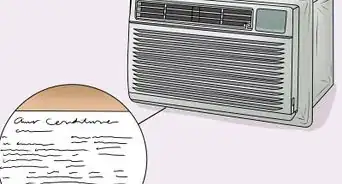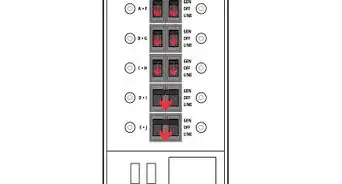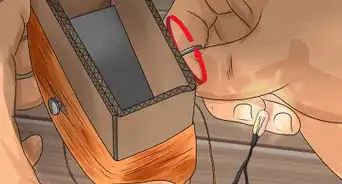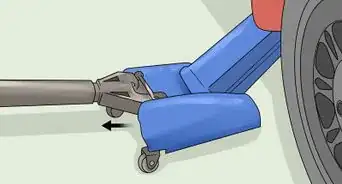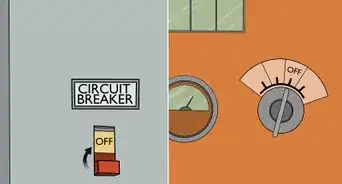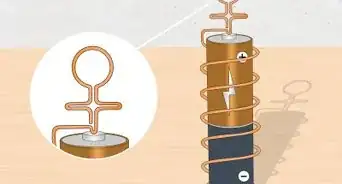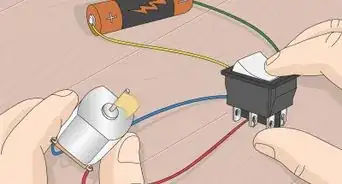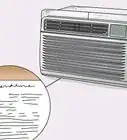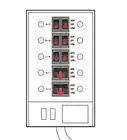This article was co-authored by Frank Boss. Frank Boss is an Electrician and the Owner of AArdvark Electric Service. With over 25 years of experience, he specializes in all forms of lighting installation including recessed lighting, under-cabinet lighting, and security and flood lights. He also has experience in all forms of residential and commercial electrical services including troubleshooting, correcting code violations, service upgrades, and ceiling fan installation.
This article has been viewed 166,140 times.
A generator is a handy item for many purposes. These purposes include providing emergency power for your home, regulate life-support equipment, providing power in remote areas, and it can even reduce your electricity costs (this is called peak-shaving). Your generator does need regular maintenance checks, however, to ensure that when you do actually need it, it will function as required.
Steps
Service Know-How
-
1Service the generator twice yearly. Even if you're not using the generator, it needs to be serviced. Select dates that fall outside possible severe weather such as heat spells, cold snaps, windy and stormy periods, etc. At least one person generally tells their customers to service their generators in the spring and fall times to keep it on a regular schedule (Rae Klepadlo). If you keep pushing off the maintenance, chances are your generator will not work when the time comes. An average service takes about an hour to complete, depending on what you find.
-
2Create a generator maintenance record book. Keep this updated with the dates of service and any issues found and fixed.[1]
Maintenance Checks
-
1Start by checking the overall condition of the generator. Look for corroded elements, loose wires, stuck buttons, etc. Check for any loose connections and frayed wiring. Make sure the area around the generator is clean, and if the generator has sucked in any dirt or leaves make sure to clean out the area. Debris getting into an alternator is the #1 way of destroying a perfectly good generator!
-
2Fix anything loose, stuck, or fraying. Seek professional advice if you're not sure what to do. It is best to be safe!
-
3Check the distilled water in the battery; top up if needed. Also check the battery's voltage. It is generally best to replace your battery every 2-3 years.
-
4Change the lubricant oil and filters (super, by-pass, etc.) following the manufacturer's instructions. This doesn't need to be done every six months; rather this is an annual task whether or not the generator has been operated. Record the yearly change in the record book so that you are reminded each time when it is due. Make sure that the oil level is adequate and top up if needed. Air cooled machines should have their oil replaced every 30-40 hours of run time. Liquid cooled machines should have their oil replaced every 100 hours of run time. MAKE SURE TO USE SYNTHETIC OIL IN AIR COOLED MACHINES![2]
-
5Clean the spark plugs. For the generally low cost of a spark plug, it is generally best to just replace spark plugs annually.[3]
-
6Check the bolts. Note that bolts on the generator will tend to loosen after reasonable usage; this is usual wear and tear caused by the vibrations. Check the gasket head and piston for solid condition; replace if worn or cracked.
-
7Check the fuel. Gasoline that is simply sitting in the generator loses its effectiveness after half a year when not used. You have several alternatives here:
- Bleed the fuel and replace it; dispose of properly
- Keep regularly used fuel for general farm/household use in fuel suitable containers and top up when needed
- Add fuel stabilizer available from gas stations or hardware stores; follow manufacturer's instructions
- If you are using a generator as a home standby solution, you should really consider a natural gas or liquid propane generator. These generators do not have any fuel maintenance, other than to make sure your LP tank has fuel in it.
-
8
-
9Start up the generator regularly. If a generator is not used on a regular basis, it is recommended that you fire it up at quarterly intervals to ensure that its workings run smoothly. At the very least, start it after each six monthly maintenance, twice. First check is to see that it is starting OK, second check is to ensure that it will keep starting OK.[4]
- If you have a manual (portable) generator, you should keep it in a well-ventilated area clear of debris and any flammable or combustible materials.
- Do not keep it very close to vinyl siding.
- Generators get very hot and create hot gasses that contain carbon monoxide. Place them away from pets and livestock.
Storage
-
1clean the generator after use. This means removing grease, mud, organic matter, fuel, etc. Use clean rags to clean it up each time, and a compressed air blower can help to clean out the ventilation fans.
-
2If there are any signs of corrosion present, treat with an inhibitor product.
-
3Store the generator properly. A generator should not be subjected to moisture or water. Keep it in a dry space covered against dust, mud, grime, etc.[5]
Community Q&A
-
QuestionHow do I detect if my generator has a low current supply?
 Community AnswerCheck the amperage panel meter.
Community AnswerCheck the amperage panel meter. -
QuestionWhat charges the battery?
 Community AnswerOn a portable generator, running it usually charges the battery. Starting in the fall, run it often so battery stays charged. On a whole house unit, the battery is charged either by running it or by current that comes from household electricity. Mine will "exercise" for 10 minutes once a week; this keeps the lubrication "up."
Community AnswerOn a portable generator, running it usually charges the battery. Starting in the fall, run it often so battery stays charged. On a whole house unit, the battery is charged either by running it or by current that comes from household electricity. Mine will "exercise" for 10 minutes once a week; this keeps the lubrication "up." -
QuestionWhat are some possible reasons for a generator failing?
 Community AnswerIt may be out of fuel or it may have overheated. There may be dirt clogging the fuel supply tank, fuel line, or carburetor. You may need to replace the oil or a spark plug. The unit also may have simply come unplugged or tripped a circuit breaker.
Community AnswerIt may be out of fuel or it may have overheated. There may be dirt clogging the fuel supply tank, fuel line, or carburetor. You may need to replace the oil or a spark plug. The unit also may have simply come unplugged or tripped a circuit breaker.
Warnings
- Always test a generator in a well-ventilated area! Exhaust fumes that build up contain carbon monoxide, which is colorless and odorless and can kill you.⧼thumbs_response⧽
- Do not operate a generator in damp conditions unless you have no alternative; even then, try to cover it with anything possible.⧼thumbs_response⧽
- A permanently installed home generator system is best for areas where there are constantly damp conditions - the enclosures are much more suitable for the environment, and it is much safer!⧼thumbs_response⧽
Things You'll Need
- Toolkit (wrenches, sockets, screwdrivers, pliers, etc.)
- Fuel
- Oil
- Lubricants/corrosion inhibitor
- Generator cover
- Rags
- Additional repair items
- Extension cords
- Generator Maintenance or Homeowner's Manual
References
About This Article
To maintain a generator, begin by checking the oil level and topping it off if it’s too low. Remember to replace the oil after every 30-40 hours of run time for air-cooled machines and after every 100 hours of run time for liquid-cooled machines. Then, inspect the generator for any loose wires, corroded parts, or trapped debris. Try to fix any parts that look loose or stuck, but call a mechanic if you’re not sure what to do. Keep reading to learn how to correctly store your generator to keep it in tip-top shape!

